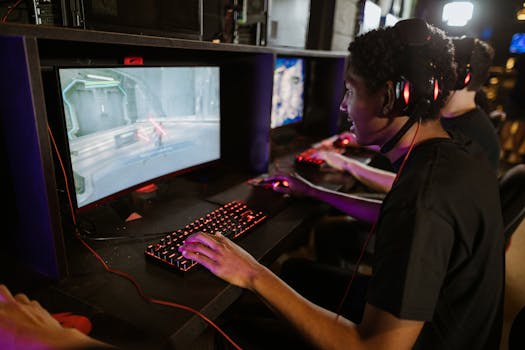The Art of Pacing: Managing Your Energy During Long Sessions
Managing your energy effectively during long sessions, whether they're for work, study, or any intensive activity, is crucial for maintaining productivity and health. This concept, often referred to as the art of pacing, helps individuals sustain their performance over extended periods without burning out. In this article, we will explore various approaches to managing your energy, compare their pros and cons, and provide practical examples to help you implement these strategies in your daily life.
Understanding Energy Management
The first step in effective energy management is understanding that energy is a finite resource that needs to be replenished. It's not just about physical stamina but also mental and emotional resilience. Managing your energy involves recognizing your limits, planning breaks, and using your peak energy times efficiently.
Strategies for Energy Management
- Time Blocking Technique
- Increases focus and productivity by reducing the context-switching of tasks.
- Helps in creating a balanced schedule that includes time for rest and recovery.
- Can be rigid. Unexpected tasks can disrupt the entire schedule.
- Might not suit people who prefer flexibility.
- The Pomodoro Technique
- Promotes sustained concentration and prevents burnout.
- Breaks provide regular intervals to recharge, improving overall endurance.
- The fixed interval might not suit all types of tasks or personal preferences.
- Short breaks might be insufficient for complete mental recovery for some.
- Prioritization and Delegation
- Ensures high-energy tasks receive the attention they need.
- Reduces the risk of energy depletion by limiting the number of tasks handled.
- Requires good decision-making skills to prioritize correctly.
- Not all tasks can be delegated, and poor delegation can lead to more stress.
Time blocking is a method where you divide your day into blocks of time, each dedicated to a specific task or group of tasks. This not only helps in managing time but also in allocating your energy optimally.
Advantages:
Disadvantages:
Developed by Francesco Cirillo, this technique involves working in short sprints of 25 minutes, followed by a 5-minute break. After four sprints, a longer break of 15-30 minutes is recommended.
Advantages:
Disadvantages:
Understanding what tasks require high energy levels and prioritizing them can greatly enhance how you manage your energy. Delegation of lower-priority tasks can also help in preserving energy.
Advantages:
Disadvantages:
Practical Examples
Consider a professional who uses the Pomodoro Technique to get through a day filled with meetings, emails, and report writing. They might schedule their most demanding tasks during their peak energy times, use short breaks for quick walks or meditation, and handle lighter tasks like emails during their less energetic periods.
Another example could be a student who uses time blocking to manage study sessions and breaks effectively, ensuring they don't overstrain themselves before exams.
Conclusion: Balancing Energy for Optimal Performance
In conclusion, managing your energy through effective pacing is an art that requires understanding your own rhythms and capacities. Whether you choose time blocking, the Pomodoro Technique, or prioritization and delegation, the key is to balance your energy expenditure with adequate recovery. Try out different methods to see what best suits your lifestyle and work requirements. Remember, the goal is to maintain productivity without compromising your well-being.
For those looking to implement these strategies, start small and gradually adjust your approach based on your experiences. Effective energy management can transform your long sessions from exhausting marathons into a series of manageable sprints.

.png)





